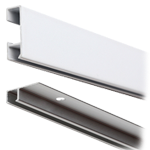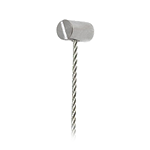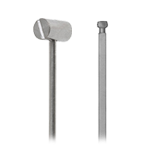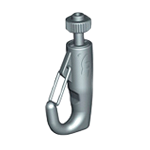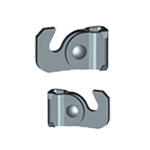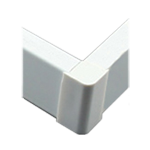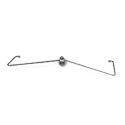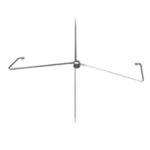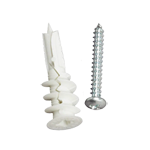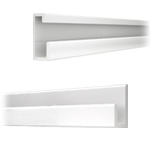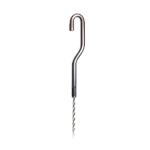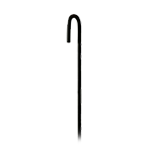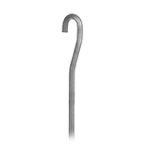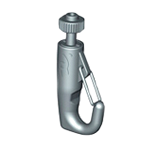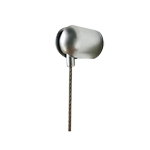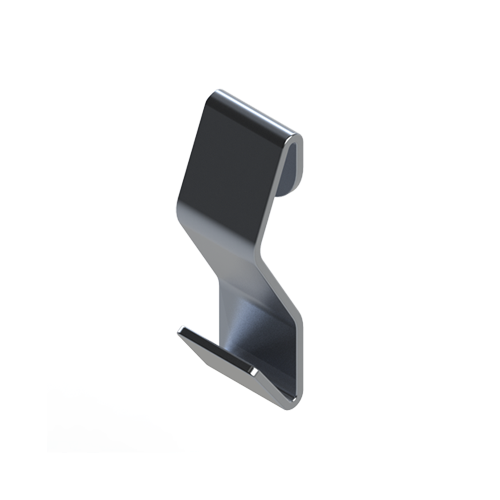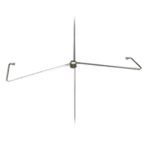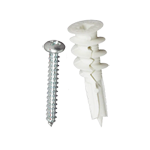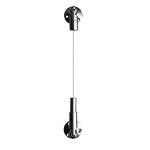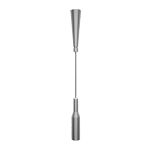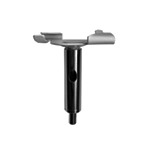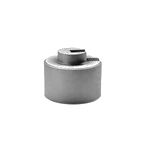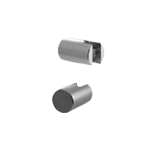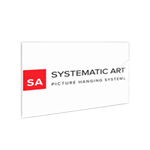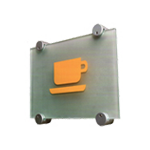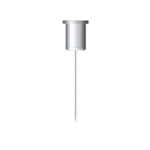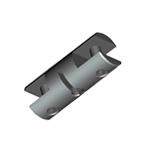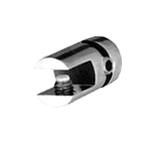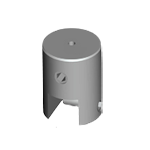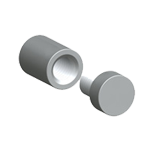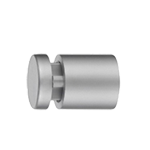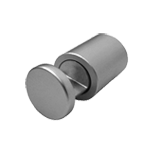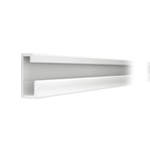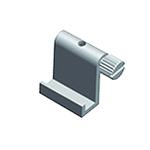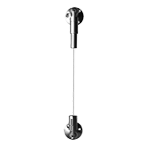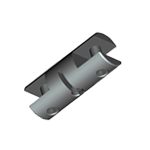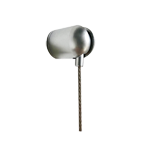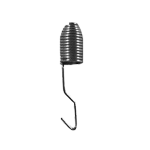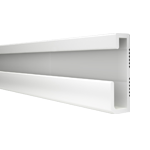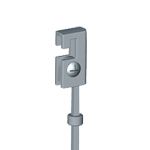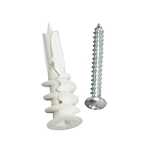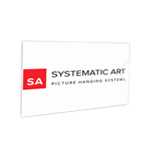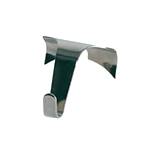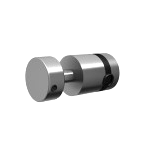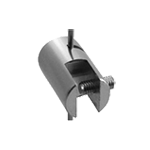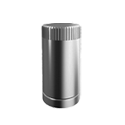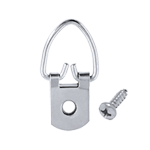Consider Sturdiness and Aesthetic When Using a Rod Hanging System
A rod hanging system is often used in museums and galleries. The difference between this system and a cable hanging system is that rods are used instead of cables, making this system more sturdy. If you have a number of pictures that need to be hung in one line and you are afraid they might be too heavy for a cable, then it makes sense to use a rod hanging system. You can also use a rod hanging system for large pictures with heavy frames as they will be able to withstand the weight.
Types of Rods
There are a number of different types of rods, such as the Ball End hanging rod, the Aluminium Classic hanging rod, the Aluminium J Bend hanging rod and the Stainless Steel J Bend hanging rod. The difference is in the way the top of the rod is constructed. As the name suggests, the Ball End hanging rod has a ball at the top end which slides into the rail. The Classic hanging rod curves around over the top so that it can be hung over the rail. The J Bend hanging rods also curve over and into the rail in the shape of a question mark.
Types of Rails
You'll need to attach a rail at the top of the wall or on the ceiling, depending on which aesthetic works for you. As far as rails go, you can opt for something larger and sturdier, such as the Gallery picture rail or the Moderna picture rail, both of which are wall-mounted and can hold 79-114 kg of weight. You can also opt for the Sky picture rail which is mounted on the ceiling or the Slim Line picture rail which is less conspicuous. There's also the Click Track picture rail and the Deco Click Track picture rail which present a smooth surface to the viewer, with the rod sliding in discreetly.
So there are a number of options possible if you're thinking about setting up a rod hanging system. You'll need to consider how sturdy you want the setup to be and also the aesthetic that appeals to you. Contact us to learn more about using a rod hanging system in your museum, gallery or home.

